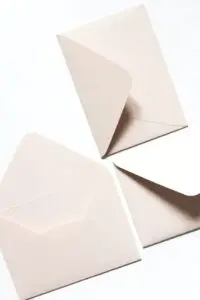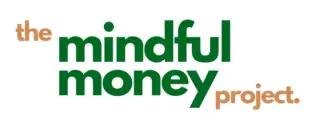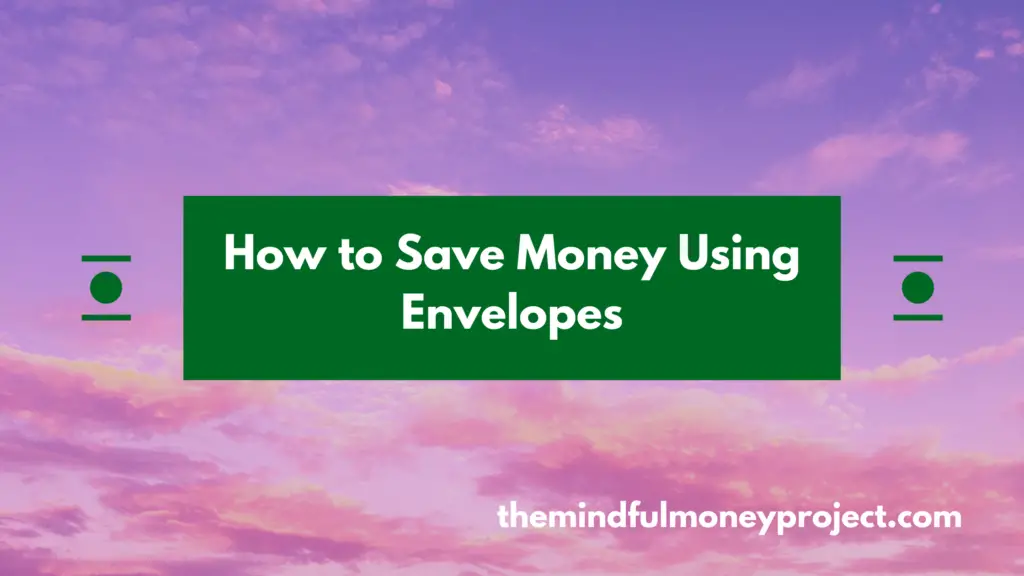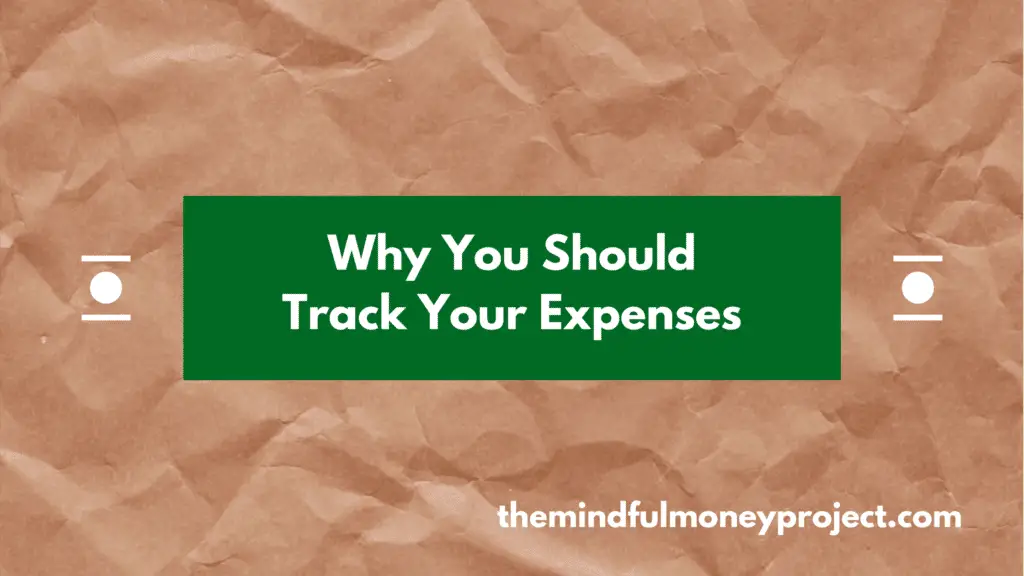As we come up to the new year, lots of us will be setting new years resolutions to improve our finances. One of them will likely be to save money? Well, who would have thought the humble envelope could help. I had great success with this as a student and still use the digital version to this day. Find out how to save money using envelopes in this article.
How to save money using envelopes
What is the envelope method?
The envelope method is quite simple. It normally involves either putting money away into separate envelopes based on what the money is ultimately destined for.
For example, if you are saving for a new laptop you can start to put money into an envelope (these don’t need to be physical envelopes, but will need to somehow be separate). This means that you can easily track your progress, and the money is separate from your normal spending money which increases your chances of not dipping into it.
The envelope method can be used for both saving money, as well as managing your money.

How can it help you?
The envelope budgeting method is a super simple way to manage your money. And a fun way to help grow your savings.
… to manage your money
When you get paid, you can easily separate your money into different “pots” (either physical envelopes or digital money pots) based on how the money is intended to be used. For example, when I get paid I send my money for each spending category below to a separate envelope for each one (in my case they aren’t physical envelopes):
- Rent / utilities
- Groceries
- Travel / Entertainment
- Sinking funds (such as payments for car repairs)
- Christmas savings
- Savings
This means that I know that at the beginning of each month my money has been “allocated” towards its purpose. This means that any money I have truly leftover is just that, leftover. If I don’t split these into different accounts it becomes really difficult to understand how much of my money in my account is available for me to spend, as future bills or utilities payments may still be outstanding.
Even though I use a digital envelope system now, I used to use a physical envelope method when I was a student. Having the physical cash available acts as a hell of a feedback mechanism and applies a natural spending limit, compared to having your card available you can just fall back on putting expenses on your credit card instead. You can see the cash physically dwindling if you’re spending too much, so if you struggle to keep your spending in control then I recommend taking out your physical cash for, say, a week at a time for things like discretionary spending (i.e groceries/entertainment).
…to save money
The envelope method can help you save money by 1) allowing you to stay within your budget for more dicretionary spending like entertainment as it is an effective way of sticking to your budget, but 2) it should help to build motivation as you see your saving envelopes swell over time.
I’m not recommending to save large sums of money into physical money envelopes (as there is a higher risk of physically misplacing the money or falling foul of thieves), but seeing your envelope increase over time is highly motivating.
Further, you can use some envelope-based saving tricks and one of the envelope challenge(s) to help bolster your money and change your spending behaviour.
How?
You could at the beginning of each year (or month) get a set of envelopes and write on the back the amount you want to save if you “draw” that envelope. Then when you draw that envelope randomly from a bag, this is the amount you must save on that day. If you find yourself overspending, then this could be a good game to restrict the money you have available (of course it is still there in emergencies).
Similarly, if you’re using a digital envelope (more on how to set these up in the next section), you can set up an automatic contribution to your envelope as well as a host of digital challenges on newer banks such as Monzo or through budgeting/saving apps such as Plum.
Check out this one saving challenge that aims to save you £5k in 6 months (!).
How to do it?
Using physical envelopes
This is fairly self-explanatory. Buy yourself some physical envelopes, and write the name of the envelope on each which relates to its use. For example, one could be “groceries” or “entertainment”.
Then fill your envelope at your desired time period (this could be monthly or weekly or daily). As you spend, simply use the cash from the relevant envelope. You’ll then be able to monitor how much you have left and how much you’ve spent.
Bear in mind there is risk to holding lots of physical cash (theft, loss or damage) and so I would limit it to weekly as a maximum. Also this is best suited to discretionary spending such as entertainment, groceries and travel as opposed to regular expenses like rent/mortgage or utilities, where you’ll be better served keeping them in your bank account as they’ll likely be taken as a direct debit or standing order (and as it will largely be a big chunk of cash, you don’t want to risk losing the money or having it stolen).
I used this cash envelope method as a student for my entertainment, groceries and travel spend and this budgeting system worked like a charm. The physical feedback of seeing the cash going down over time really helped to be more disciplined with my spending.
The digital version
This is the modern version of the envelope method. It is the same in principle, however instead of physical envelopes, you use digital money pots. These could be a mixture of current accounts or savings accounts depending on what you’re using it for.
For example, I have a current account set up in which I put my rent, utilities and groceries costs into each month (your budget category choices will likely be different to mine, but you get the idea!) which are then paid by direct debit/ standing order. I then transfer my entertainment money to a separate “fun money” current account which is the only debit card I carry around with me. Then I send some money to a sinking fund for stuff like car repairs, Christmas presents and the like.
This means that once I’ve divided up the money each month, I no longer need to worry about my rent and bills (the money is in the account and the money will be taken automatically), and if I need to pay for some entertainment costs I just simply check my fun money account to see how much is left to see if I can afford it or not. Then if some costs come along like car repairs, I can just use the money that has been building up in my “car repairs” account.
This method makes managing your money infinitely easier.
Digital saving challenges
Also, you are able to set up automated envelope savings challenges like I described before. In Monzo, using IFTT or using an app like Plum, you are able to set up an automated contribution to a savings account based on different rules such as:
- if it rains, save £1 (a literal rainy day fund)
- every day for a year, save £2.50 for me automatically
- start saving £1 in the first week of Jan, £2 in the second week etc until you are saving £52 a week by the end of the year
These are customisable using IFTT and Monzo (with pre-programmed ones available in Monzo or using a budgeting app like Plum), and are great if you find it difficult to reduce your discretionary spending or never seem to be able to save money.
Further, there are apps like GoodBudget which are designed using the envelope budget system, and provides virtual envelopes (ideal for those of you wanting to go for digital envelopes), but as they won’t connect to your banking system you’ll need to manually update as you spend / “reload” your envelopes.
The benefits of the envelope method
- helps to give your money a home
- simple to use
- gives increased visibility and feedback on how you’re spending on each “bucket”
- easy to use alongside sinking funds to save for future expenses like car repairs or christmas presents
The cons of the envelope method
- if you take the physical cash out to put into envelopes, you run the risk of losing some money (if you physically misplace the envelope) or having it stolen (as don’t have any bank protections). To minimise this, try to only take out a weeks worth of cash at a time
- if you have lots of different envelopes, it might start to become more complex (i.e if you put your money into 10+ different “pots” each month)
Conclusion
For such a simple method, the envelope budgeting system is a remarkable way of both improving the way you manage money and helping you to save money.
I personally have had a lot of success using the envelope method, and it is the budgeting/saving method that works most effectively for me. So I would highly recommend giving it a go!
Have you ever tried using the envelope method? I’d love to hear in the comments section if you had any success from it.
What Is A Good Amount Of Savings UK?
Generally in life, more tends to be better. But is that true for savings? Whilst…
“Why Should I Track My Expenses?” – We’ve got 7 reasons why!
Tracking your expenses isn’t all about firing up a spreadsheet and restricting your spending. Having…
How To Cancel Graze Subscription UK
Bored of your Graze boxes or want to try a competitor’s version? We get you….
How To Cancel Hellofresh Subscription UK
Bored of the meal kits or want to try a competitor? We get you. We’ve…
How To Cancel Les Mills On Demand UK
Bored of your subscription or wanting to move to another provider? We get you. We’ve…
How To Cancel Laithwaites Wine Plan UK
Bored of the service or wanting to move to a different wine subscription club? We…








